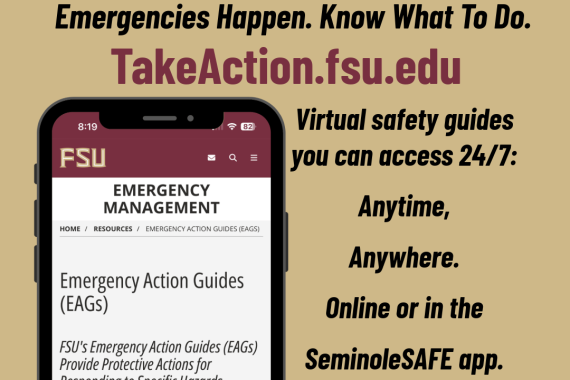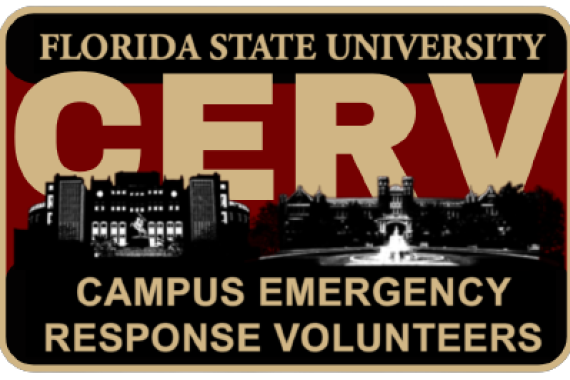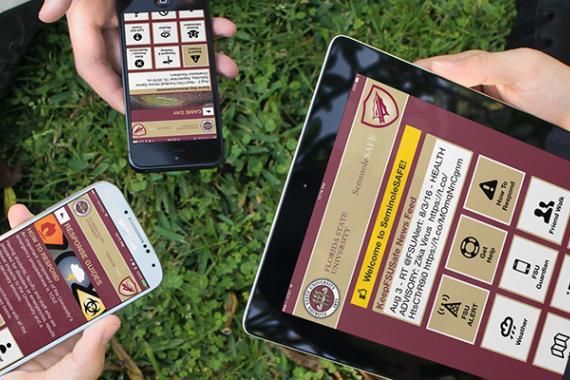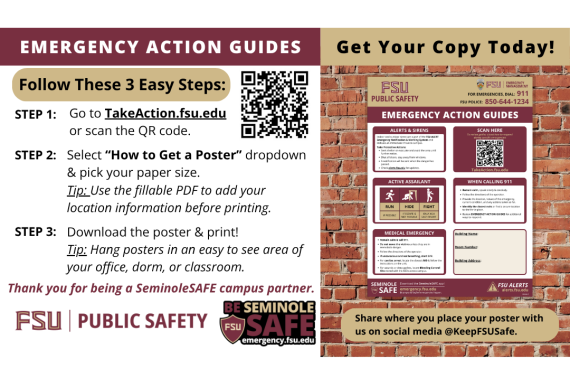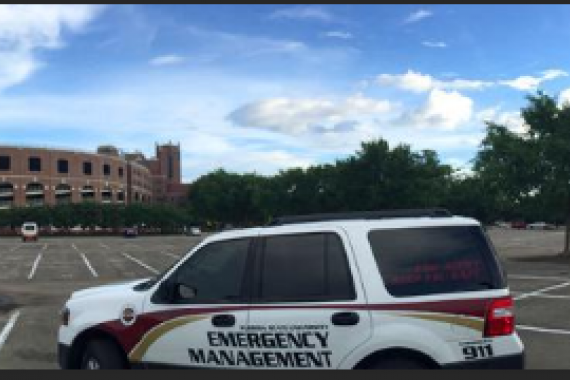Risk Assessment
What is the historical probability of occurrence of extreme cold at FSU?
Very Likely. This hazard occurs multiple times per year. It may or may not be seasonal. Regardless, this is a hazard we face often.
Are there enhanced environmental conditions that enhance the risk?
No enhancement. There are no climatic or other conditions which enhance the risk for extreme cold to occur more than normal.
Are there any mitigating factors in place that reduce the risk?
Unmitigated. There are no climatic or other conditions which reduce the risk for extreme cold to occur less than normal.
Consequence Analysis
What is the threat to public health?
None to death. When adequately prepared, exposure to cold temperatures can have no ill effects. However, inadequate preparedness can have several significant health effects. Hypothermia, the reduction of core body temperature below that required for normal metabolism and body functions, can occur locally when people are not wearing appropriate clothing for the temperatures, especially for prolonged durations. Wet clothing can signficantly speed up the onset of hypothermia through rapid loss of body heat. In extreme cases, unaddressed symptoms of hypothermia can result in death. Frostbite, the freezing of skin and tissues, can occur when skin is exposed to extreme cold temperatures for prolonged periods of time resulting in significant damage. Indirectly, injuries and death as a result of structural fire and/or carbon monoxide poisoning are common during extreme cold events.
What is the threat to responder health?
None to death. When adequately prepared, exposure to cold temperatures can have no ill effects. However, inadequate preparedness can have several significant health effects. Hypothermia, the reduction of core body temperature below that required for normal metabolism and body functions, can occur locally when people are not wearing appropriate clothing for the temperatures, especially for prolonged durations. Wet clothing, including the results of perspiration, can signficantly speed up the onset of hypothermia through rapid loss of body heat. In extreme cases, unaddressed symptoms of hypothermia can result in death. Frostbite, the freezing of skin and tissues, can occur when skin is exposed to extreme cold temperatures for prolonged periods of time resulting in significant damage. Indirectly, injuries and death as a result of structural fire and/or carbon monoxide poisoning are common during extreme cold events.
What is the threat for structural damage?
No Damage. There is no direct structural damage risk as a result of extreme cold temperatures. Indirect hazards, such as burst pipes, water leaks and structural fire can have significant cascading effects.
What is the threat for property (grounds) damage?
No Damage to Superficial Damage. Extreme cold poses a significant threat for many of North Florida’s plants. Dead plants and shrubs would be cosmetic in nature and would not pose a threat to safety.
What is the threat for infrastructure damage?
No Impact to Moderate Impact. A broken or frozen pipe at a critical building on campus could cause a prolonged water supply failure. This would cause a significant impact to normal operations.
What is the threat for service delivery impacts?
No Impact to Minor Impact. Temporary building closures may result from the loss of water due to frozen or burst pipes, or loss of heating capacity.
What is the threat for environmental impacts?
No Impact. Extreme Cold does not pose any adverse impacts upon the environment.
What is the threat for economic/financial impacts?
No Impact to Minor Impact. Damages from infrastructure failure or structure fire can cost the university significant costs in losses and recovery.
What is the threat for impacts upon regulatory/contractual obligations?
No Impact. A hazard has no impact on FSU’s ability to meet regulatory or contractual obligations.
What is the threat for an impact upon the reputation of the institution of public confidence?
No Impact. A hazard has no impact on the reputation of, or confidence in, the university.


